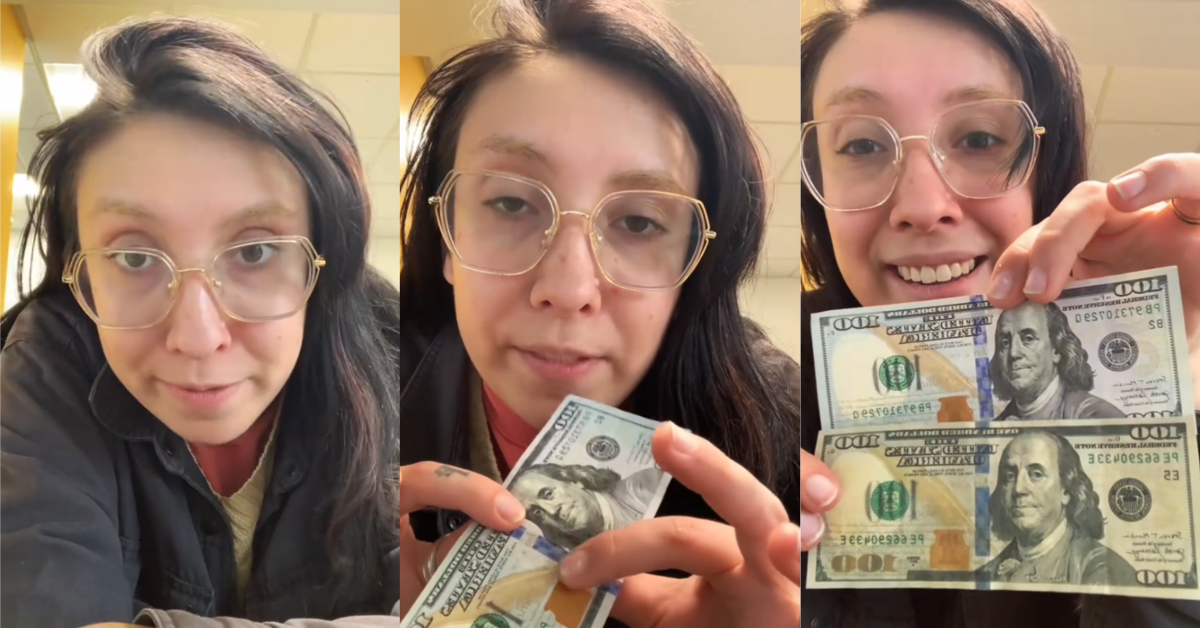Navigate the Internet: Purchase copyright Money offer for sale from Trusted Vendors
Navigate the Internet: Purchase copyright Money offer for sale from Trusted Vendors
Blog Article
Explore making uses of Imitation Money in Artistic Creations and Theatrical Performances
Phony cash, often associated with deceptiveness and illegality, holds a strange allure when it discovers its means into the world of theatrical performances and imaginative developments. As we dig into the multifaceted usages of phony money in these creative domain names, we begin to discover a world where authenticity and replica blur, motivating us to examine the actual nature of value and depiction within art and performance.

Historic Importance of Imitation Cash in Art
The historic value of copyright cash in art is a complex and fascinating subject that clarifies the intersection of creativity, subversion, and socio-political discourse. Throughout history, musicians have actually made use of copyright cash as a tool for tough societal norms, examining the worth of currency, and making powerful statements concerning riches and power.
One of the most significant instances of funny money in art go back to the Dada movement of the early 20th century - copyright money for sale. Artists such as Marcel Duchamp and Hannah Höch integrated phony money into their jobs to slam the capitalist system and discover the idea of worth in a quickly transforming world
In addition, throughout times of economic instability or political turmoil, funny money has actually been used by artists as a type of protest or rebellion. By producing and flowing phony money, artists have been able to disrupt the status, obstacle authority, and provoke essential discussions about the duty of cash in culture.
Impact of copyright on Visual Arts
By including phony money right into their jobs, artists prompt conversations on the nature of worth, authenticity, and social perceptions of wealth. The usage of phony cash in art likewise raises honest considerations regarding the limits of creative expression and the ramifications of replicating lawful tender. Overall, the influence of copyright currency on visual arts is multifaceted, boosting essential representations on the crossway of money, art, and societal values.
Symbolism and Significance in Theatrical Imitation Displays
Utilizing theatrical imitation screens, musicians utilize symbolic representations to share deeper significances and evoke provocative analyses within the realm of performance art. With the incorporation of funny money in theatrical manufacturings, makers can check out motifs such as greed, power, corruption, and the illusion of wealth. Making use of phony money on stage can act as an allegory for social problems, financial disparities, and the delicacy of financial systems.
In staged performances, the symbolic worth of funny money extends beyond its monetary well worth. It can represent the deceptive nature of appearances, the pursuit of materialistic desires, and the consequences of underhanded actions. By making use of copyright cash as a prop, artists can challenge audiences to examine real meaning of wide range and the ethical limits that people may navigate to these guys cross in its pursuit.
Moral Factors To Consider in Using copyright for Art

One significant moral consideration is the prospective legal repercussions of utilizing funny money in art. Counterfeiting currency is prohibited in a lot of nations and can cause severe effects for artists who intentionally include fake costs into their work. copyright money for sale. This not just places the artist in danger but additionally questions about advertising illegal tasks through art
In addition, there is an ethical problem concerning the authenticity of the artwork itself. Making use of phony money obscures the line in between fact and replica, possibly tricking viewers and endangering the honesty of the artistic item. Artists have to think about whether making use of imitation cash straightens with their values and creative intents, evaluating the potential influence on their reputation and reputation.
Future Trends in Imitation Money Combination
Taking into consideration the evolving landscape of creative expression, the consolidation of fake cash in imaginative works might witness a change in the direction of cutting-edge and provocative methods. As musicians remain to push borders and explore brand-new tools, copyright cash might increasingly be used to challenge social standards, examine the value of currency, or make effective declarations about wealth and consumerism.
One future fad in phony money integration might be its usage in immersive art setups where audiences are encouraged to connect with the pieces, blurring the lines in between fact and illusion. Furthermore, developments in technology may result in the creation of hyper-realistic funny money that is practically equivalent from genuine currency, opening possibilities for also more elaborate and in-depth artworks.
Additionally, cooperations between counterfeiters and musicians could result in special pieces that integrate conventional artistic methods with the workmanship of creating funny money. Honest considerations surrounding the legitimacy and principles of utilizing copyright visit this page money in art will continue to be a factor of opinion as these future fads unfold.
Final Thought
In verdict, the uses of imitation cash in creative developments and staged efficiencies have a lengthy history and continue to be a source of ideas for artists. The combination of imitation cash in art is likely to continue evolving in the future.
In general, the effect of phony currency on visual arts is multifaceted, boosting crucial representations on the crossway of cash, art, and social values.

In final thought, the uses of imitation money in staged performances and artistic developments have a lengthy history and proceed to be a source of inspiration for artists. Ethical factors to consider need to be taken right into account when using phony cash for creative objectives. The integration of imitation money in art is most likely to continue advancing in the future.
Report this page